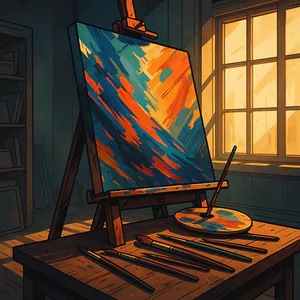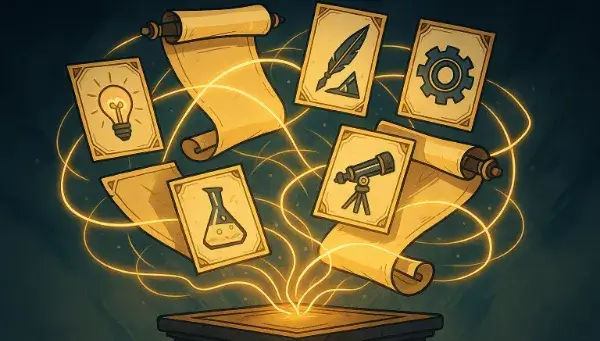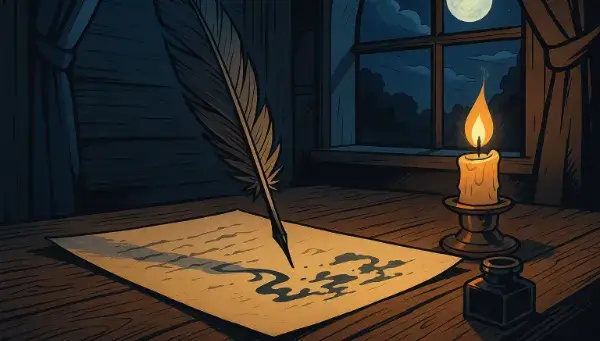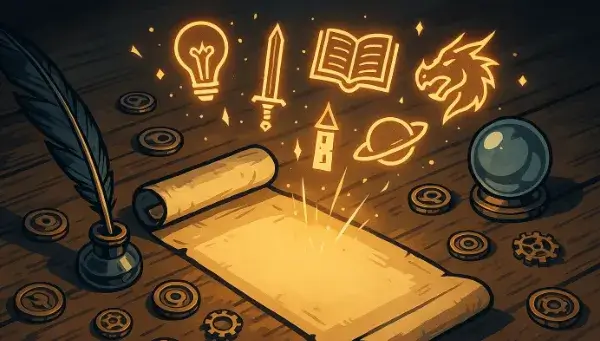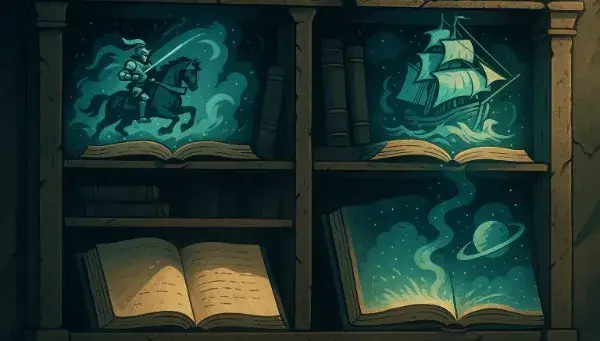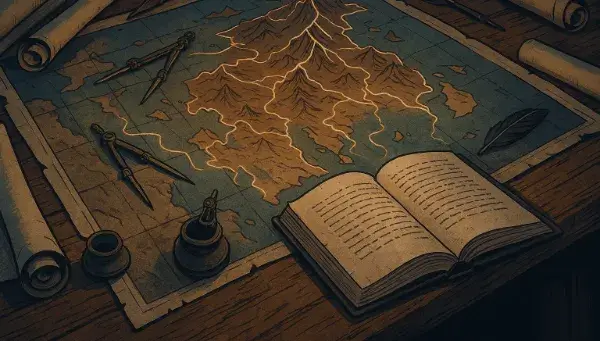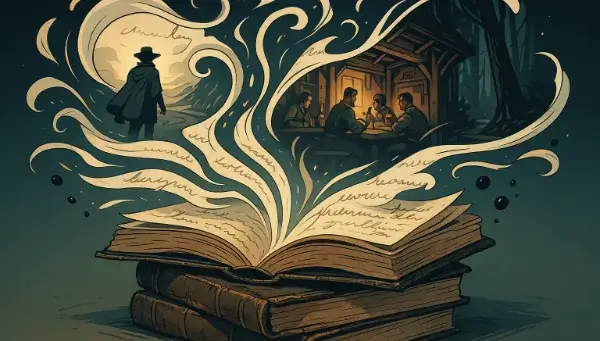Generate artwork names
More Various Name Generators- <% result.name %>
Discover all Story Shack apps
Ignite Your Creative Canvas
Finding the perfect title for your artwork can be as challenging as the creation itself. Use these thought-provoking questions to inspire unique and evocative names that capture the essence of your piece.
- What emotions does your artwork evoke in the viewer?
- What story or message do you want to convey through your piece?
- Which colors or shapes dominate your artwork, and how can they influence the title?
- What personal experiences or memories inspired this creation?
- If your artwork could speak, what would it say about itself?
Frequently Asked Questions
Explore the common inquiries regarding the Artwork Name Generator and how it can elevate your artistic journey.
How does the Artwork Name Generator work?
It utilizes a blend of artistic themes, emotions, and concepts to generate unique titles for your artwork with each click.
Can I choose a specific theme for the artwork titles?
Currently, custom input isn't available; however, you can keep generating until you find a title that resonates with your vision.
Are the titles generated unique?
The titles are randomly generated; with endless clicks, you'll discover a diverse array of options, though some may be similar.
How many titles can I generate?
You can generate an unlimited number of titles; simply click 'Generate' as many times as you wish.
How do I save my favorite titles?
You can easily copy a title by clicking on it, or use the heart icon to save it for future reference.
What are good artwork names?
There's thousands of random artwork names in this generator. Here are some samples to start:
- Bright Brain
- Grieving Confidence
- Mother of Life
- Merciful Appointment
- Illustrious Temper
- Enhancement of Curiosity
- Possessions of Childhood
- Doubt of Freedom
- Putrid Flight
- Command of Ambition
About the creator
All idea generators and writing tools on The Story Shack are carefully crafted by storyteller and developer Martin Hooijmans. During the day I work on tech solutions. In my free hours I love diving into stories, be it reading, writing, gaming, roleplaying, you name it, I probably enjoy it. The Story Shack is my way of giving back to the global storytelling community. It's a huge creative outlet where I love bringing my ideas to life. Thanks for coming by, and if you enjoyed this tool, make sure you check out a few more!

